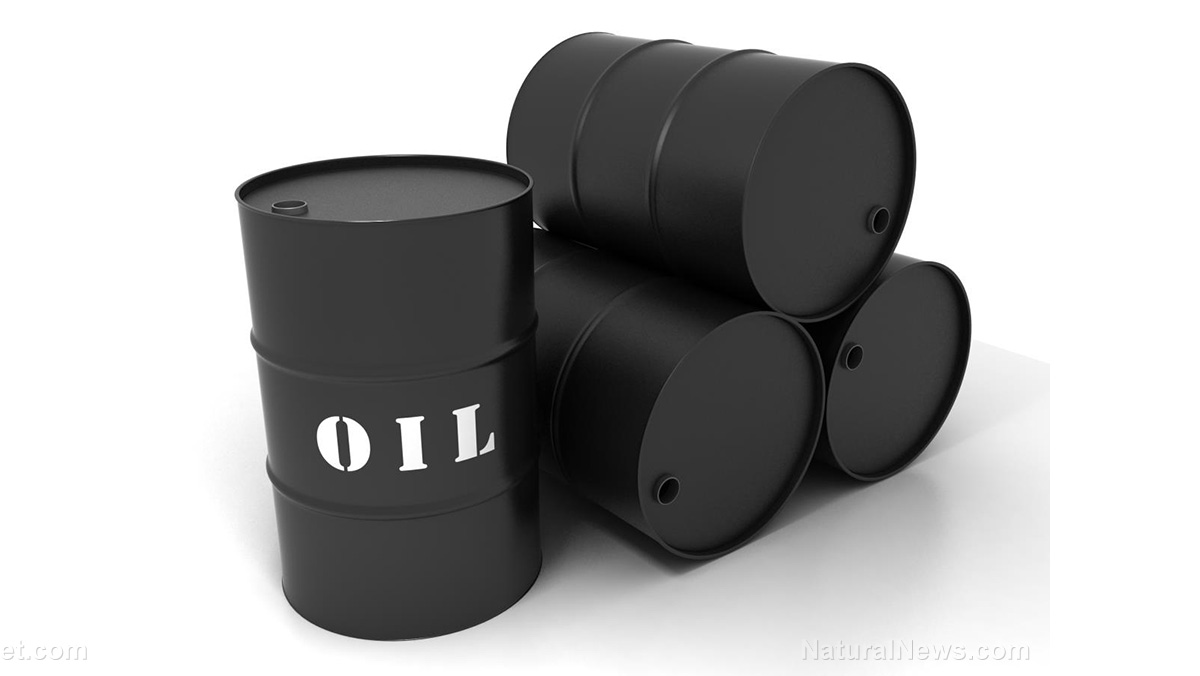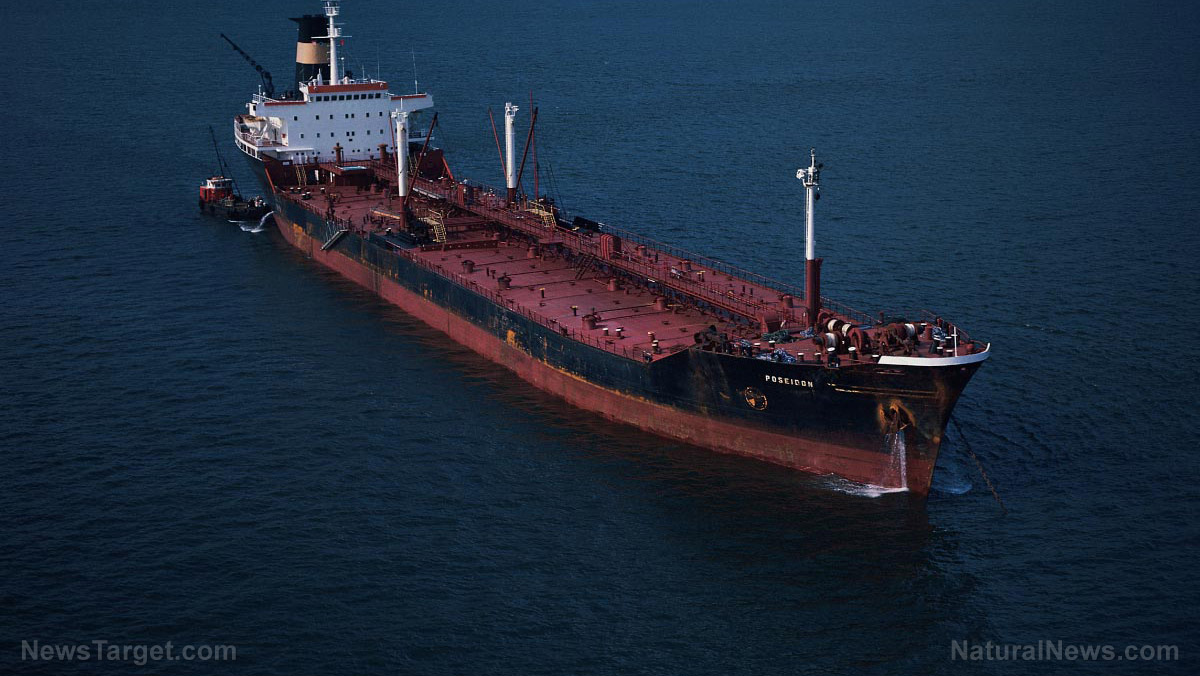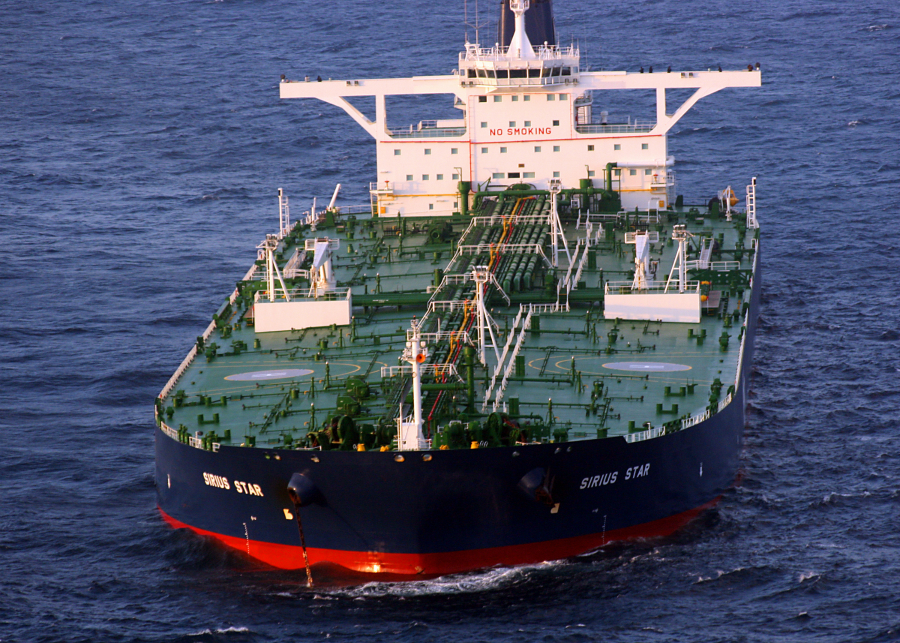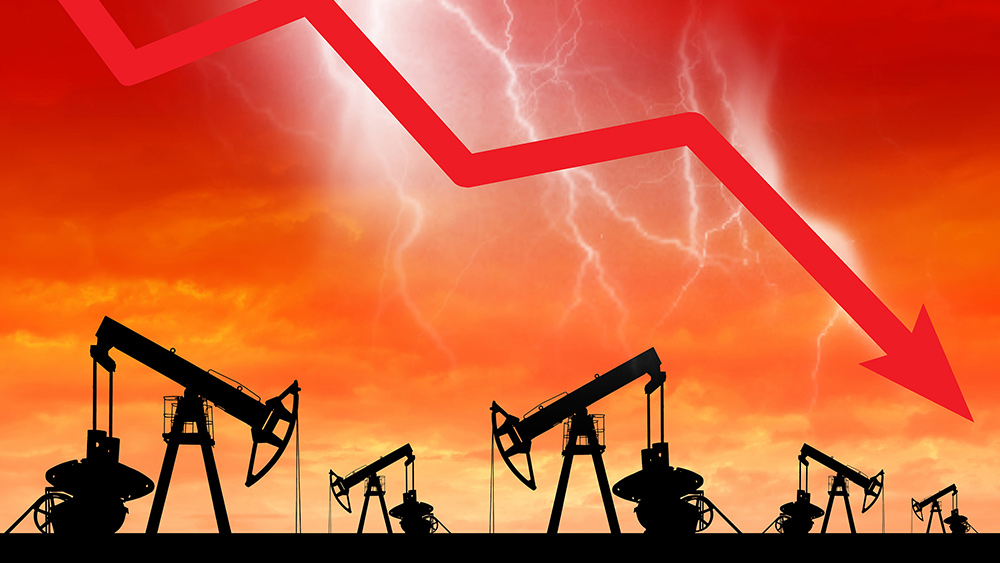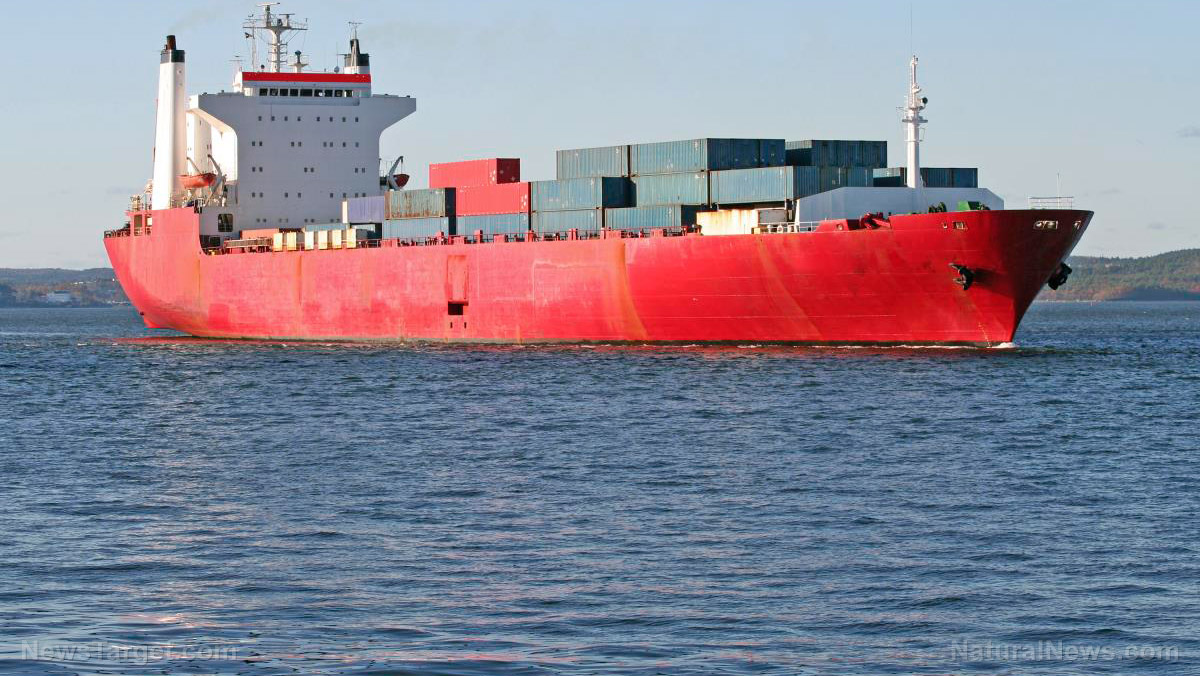
The natural gas and energy shortages sweeping across Europe, Asia and the United States have now affected the cost of shipping liquefied natural gas (LNG).
One of the first disastrous changes to occur to the shipping industry's prices was the cost of shipping containers soaring. This was followed by the cost of dry bulk cargo shipping rates jumping to levels not seen in over a decade. Now, the cost of shipping LNG has also started to soar.
LNG shipping is different from dry bulk or container shipping because of its much higher level of long-term charter coverage. This difference made the cost of shipping LNG even more pronounced during this crisis.
"I don't remember a time when so many extreme events were happening in shipping," said Ben Nolan, an industry analyst who has covered the sector for nearly two decades. According to him, spot shipping rates, or the one-off cost of shipping LNG, "surged 40 percent in one day – Oct. 15 – on already high levels." (Related: Extended energy supply shortage looms as prices for oil and natural gas soar.)
Other analysts have pointed out that tanker rates to ship LNG have more than doubled since the supply chain crisis escalated around a month ago.
Price of shipping liquefied natural gas has not peaked yet
On Monday, Oct. 18, analysts reported that benchmark spot rates for tri-fuel, diesel engine (TFDE) vessels that can carry LNG were $157,500 per day. This represents an 86 percent surge in prices compared to the previous weak.
For M-type, electronically controlled gas engine-propulsion vessels, spot rates were $180,000 per day, up 65 percent from the previous week.
Even rates for older steam-powered vessels, which do not see as much activity as newer ships, rose to six digits at $110,000 per day, up 60 percent from last week.
These costs surged even further on Tuesday, Oct. 19, as the daily charter rate for TFDE vessels carrying LNG to ports in the Pacific basin rose to $202,500, representing a 28.5 percent rise in prices compared to the previous day. This also represents the highest shipping rates for LNG since Jan. 15, according to Singaporean LNG analysis company, Spark Commodities.
Analysts expect LNG rates to surge even higher as the winter months approach and demand for heating increases. They believe the price will peak sometime in early 2022. They point to one voyage in early January, which had a record LNG spot rate of $350,000 per day.
LNG shipping executives do not believe spot rates will break that record this season, but they do expect the rates to peak at or around $300,000 per day.
"There are very limited spot vessels, so if there is a prompt vessel requirement for those lifting [free-on-board] then the potential cargo margin could mean the rates could go much higher," said Spark Commodities CEO Tim Mendelssohn.
Price of shipping oil could surge soon
Shipping industry analysts are now concerned that the price of shipping crude oil and product tankers would follow. The price of shipping these essential goods has not followed the sudden price surges seen with shipping containers, dry bulk and LNG. The main reason for this is inventories.
Crude oil and product inventories surged to excessively high levels due to the sudden drop in demand brought about by the Wuhan coronavirus (COVID-19) lockdowns. On the product side, refineries couldn't ramp down production quickly enough to match collapsing consumption.
Analysts are now worried if oil production doesn't scale back up with increased demand, crude and product tankers could belatedly join the rate boom seen in other shipping segments.
"Not all energy markets are equal, as the tanker markets are still struggling with oil demand that has not recovered to pre-COVID levels," said Nolan. "However, there is increasing optimism that a seasonal tanker rally could materialize spurred by heating oil and fuel oil given the spillover from high natural gas and coal prices.
Learn more about shipping rates and the many other factors of the supply chain crisis by reading the latest articles at MarketCrash.news.
Sources include:
Please contact us for more information.

















